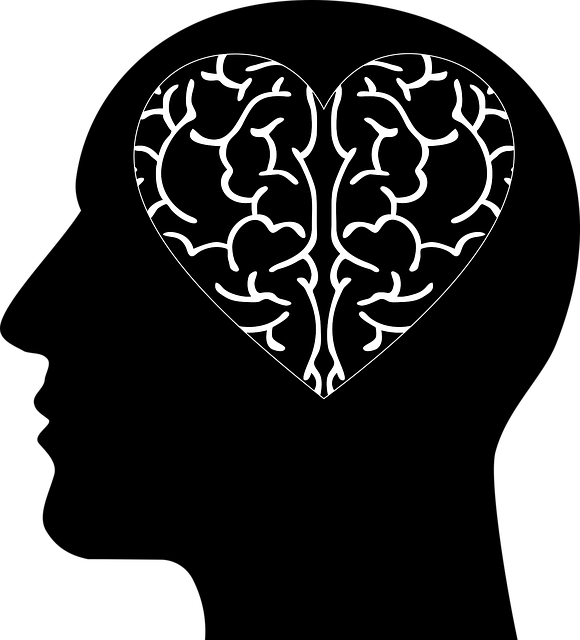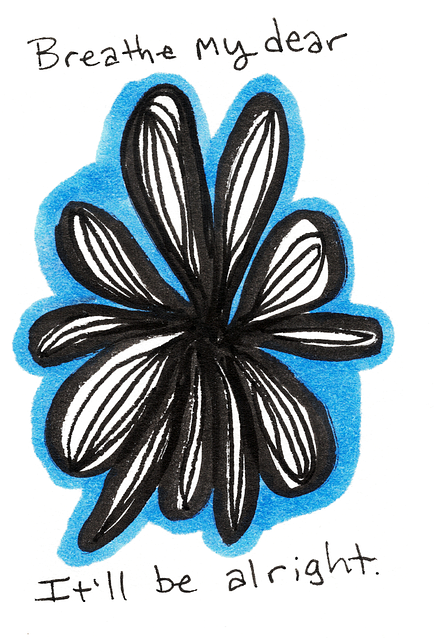Media representation of mental health among older adults and child abuse survivors is crucial for reducing stigma. Historically, seniors have been portrayed as stoic or severely impaired, hindering access to support for conditions like depression and dementia. Integrating more nuanced portrayals can foster empathy. Child abuse has severe long-term effects, leading to psychological issues such as PTSD. Media representation of survivors navigating their mental health journey promotes public awareness and early intervention. Accurate media coverage is essential for reducing stigma; specialized therapies like trauma-focused approaches are crucial for healing, fostering personal growth, and empowerment.
Mental illness representation in media plays a pivotal role in shaping societal perceptions, especially regarding older adults. This article delves into two critical aspects: understanding mental health issues in seniors and exploring historical portrayals in media, alongside examining the impact of child abuse on mental wellbeing and its depiction in popular culture. We also offer strategies for media makers to promote accurate, empathetic representation, while highlighting therapeutic approaches focused on healing and recovery for both elders and child abuse survivors, emphasizing the importance of therapy for elders and child abuse victims.
- Understanding Mental Health Issues in Older Adults and Historical Portrayals in Media
- The Impact of Child Abuse on Mental Wellbeing and Its Depiction in Popular Culture
- Promoting Accurate and Empathetic Representation: Strategies for Media Makers
- Therapeutic Approaches for Healing and Recovery: A Focus on Elders and Child Abuse Survivors
Understanding Mental Health Issues in Older Adults and Historical Portrayals in Media

Mental health issues among older adults have long been overshadowed by physical ailments and age-related concerns in media representation. This has led to a historical underrepresentation and misrepresentation of geriatric mental health, often portraying older individuals as either stoic or severely impaired. Such stereotypes contribute to the stigma surrounding mental illness in this demographic, hindering access to much-needed support and treatment.
Historically, media narratives have rarely explored the complexities of mental health challenges faced by seniors, especially those who may have experienced trauma such as child abuse. This gap in representation is particularly concerning given that older adults are at a higher risk of developing conditions like depression, anxiety, and dementia. By integrating more nuanced portrayals and raising awareness through compassion cultivation practices, emotional regulation techniques, and burnout prevention strategies for healthcare providers, media can play a pivotal role in challenging these historical narratives and fostering empathy towards the mental health struggles of elders.
The Impact of Child Abuse on Mental Wellbeing and Its Depiction in Popular Culture

Child abuse, whether physical, emotional, or sexual, has a profound impact on an individual’s mental wellbeing, especially during formative years. This trauma can lead to a range of mental health issues later in life, including depression, anxiety disorders, and post-traumatic stress disorder (PTSD). The effects are often intergenerational, affecting not only the victim but also their children, as unhealed traumas can be passed down through familial dynamics.
In popular culture, the depiction of child abuse and its aftermath has evolved over time, with a growing awareness of the need for accurate representation. Therapy, specifically trauma-informed care, is increasingly recognized as an essential tool for healing. Media platforms now often showcase characters who have experienced child abuse and are navigating their mental health journey, promoting conversations around emotional intelligence and confidence boosting. This shift in portrayal encourages empathy and supports mental health policy analysis and advocacy by shedding light on the importance of early intervention and support systems.
Promoting Accurate and Empathetic Representation: Strategies for Media Makers

Media has a significant impact on shaping societal perceptions and attitudes towards mental health. Promoting accurate and empathetic representation is crucial for fostering understanding and reducing the stigma associated with mental illness. Media makers can play a pivotal role in this challenge by adopting strategies that ensure nuanced storytelling. One effective approach is to consult with mental health professionals during the creative process, incorporating their expertise to avoid stereotypes and misrepresentations.
By integrating real-life experiences of individuals with mental illnesses, especially focusing on therapy for elders and child abuse survivors, media creators can build empathy among viewers. Developing characters with depth and complexity, rather than reducing them to mere caricatures, helps in showcasing the diversity of mental health journeys. Additionally, designing Mental Health Education Programs within media platforms or collaborations with organizations dedicated to mental illness stigma reduction efforts can further educate audiences while entertaining them. These strategies collectively contribute to Inner Strength Development, empowering viewers to approach mental health topics with open minds and compassion.
Therapeutic Approaches for Healing and Recovery: A Focus on Elders and Child Abuse Survivors

The journey towards healing and recovery for elders and child abuse survivors often involves specialized therapeutic approaches that cater to their unique experiences and needs. One such approach is trauma-focused therapy, which helps individuals process and overcome the effects of past traumas, fostering a sense of safety and empowerment. These therapies encourage self-awareness exercises, enabling clients to understand their emotional responses and develop coping strategies. By exploring their experiences in a safe environment, survivors can begin to heal and rebuild their lives.
Additionally, crisis intervention guidance plays a pivotal role in providing immediate support during acute distress or crises. This approach focuses on short-term interventions to stabilize individuals and prevent further deterioration. With gentle encouragement, survivors are guided to access their inner strength, which is crucial for navigating the challenges they face. Over time, these therapeutic methods can lead to profound personal growth, enhanced resilience, and a renewed sense of self.
In conclusion, accurately representing mental health issues, particularly in older adults and survivors of child abuse, is a powerful tool for fostering empathy and understanding in media. By challenging historical portrayals and adopting empathetic strategies, media makers can promote positive change. The article has explored the impact of media on public perception, highlighting the need for accurate and nuanced depictions. Additionally, it has presented therapeutic approaches that offer hope and healing for elders and child abuse survivors, ultimately emphasizing the importance of media as a catalyst for mental health awareness and support.












